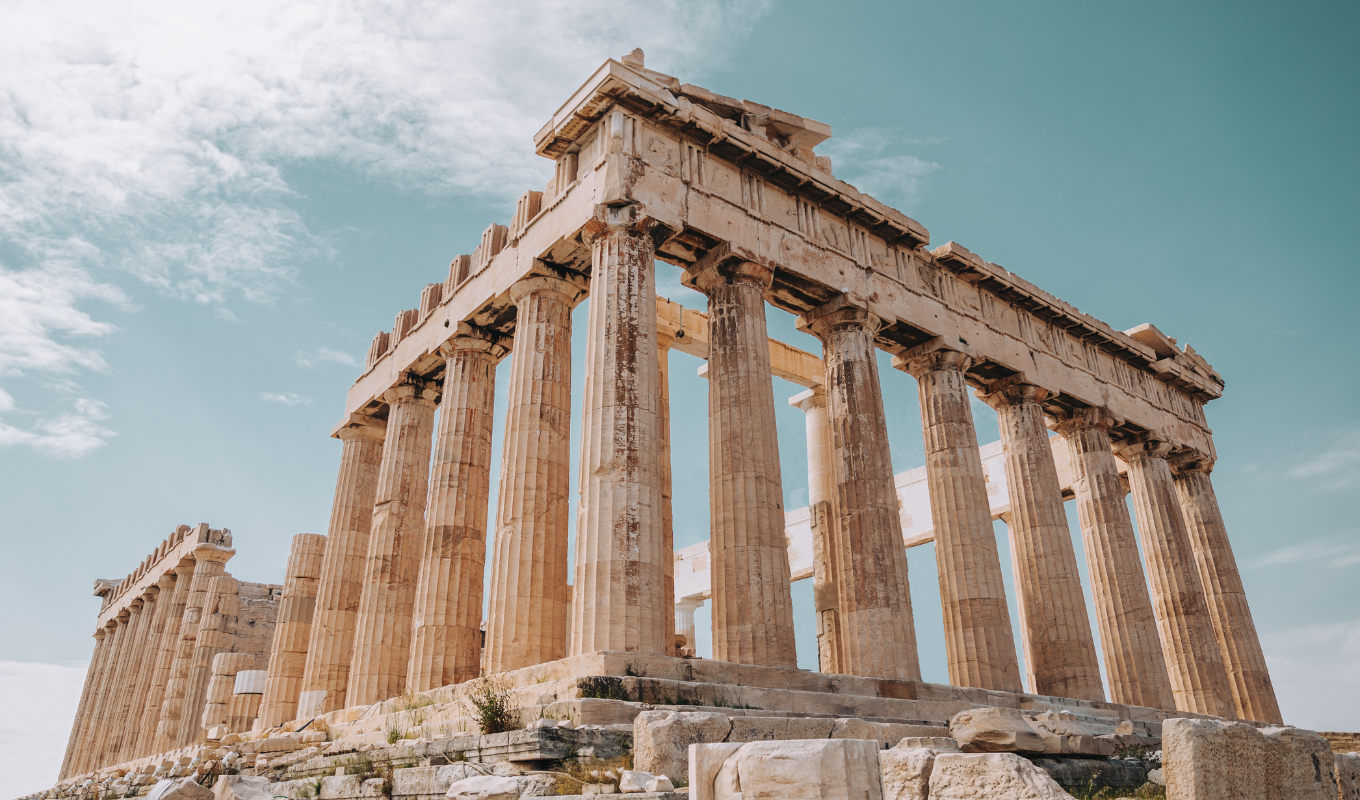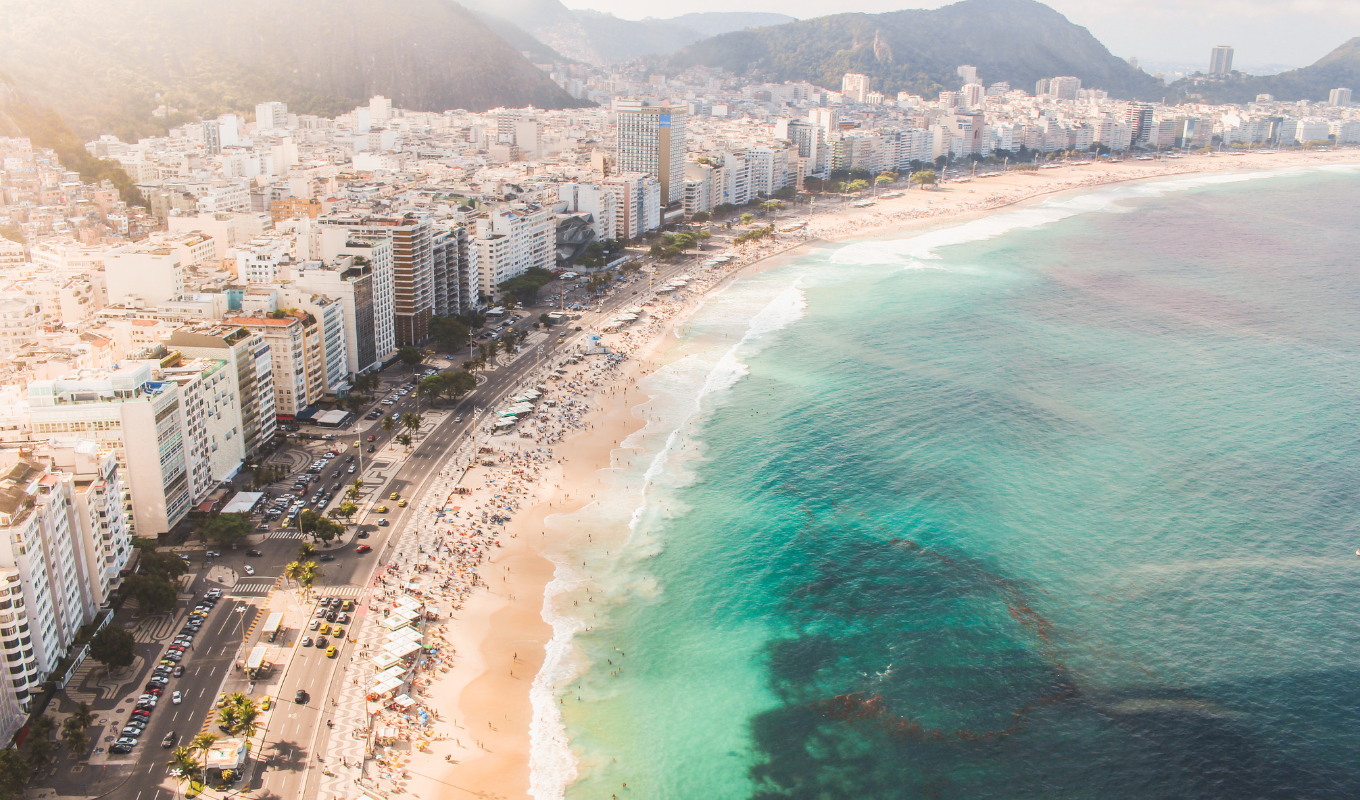Planning a trip to Rome? Start early. With over 35 million visitors annually and an additional 32–35 million expected for the Jubilee Year, preparation is key to avoiding long lines, missed attractions, and overspending. Here’s what you need to know:
- Book early: Key sites like the Colosseum, Vatican Museums, and Sistine Chapel sell out weeks in advance. Reserve tickets and entry times ahead of your visit.
- Timing matters: Visit during shoulder seasons (April–May, September–October) for mild weather and fewer crowds. Avoid August due to extreme heat and local holidays.
- Budget smart: Average daily costs range from $91 (budget) to $645 (luxury). Save by booking flights early, staying in less touristy neighborhoods, and dining away from major landmarks.
- Transportation tips: Use Rome’s metro, buses, or walk to explore the city. Single metro rides cost $1.64, and day passes are $7.64.
- Stay safe: Watch out for pickpockets, avoid unsolicited help, and always use licensed taxis.
Rome offers a mix of iconic landmarks and charming neighborhoods. Whether you’re planning a 3-day or 5-day trip, early preparation ensures you make the most of your visit without unnecessary stress.
Pre-Trip Planning Basics
When to Visit Rome
Choosing the right time to visit Rome can make a big difference in your experience. The best months to visit are often during the shoulder seasons – April to May and September to October. During these times, you’ll enjoy mild weather and fewer crowds compared to the peak summer months.
Rome’s weather shifts throughout the year. Spring (March–May) brings temperatures between 46°F and 68°F, though you might encounter occasional rain. Summer (June–August) is hot, with temperatures ranging from 90°F to a sweltering 113°F, and July tends to draw the largest crowds. Autumn (September–December) starts off warm at 81°F but cools down to around 45°F as the season progresses. Winter (January–February) is relatively mild, with temperatures hovering between 39°F and 55°F, which also means fewer tourists and better prices.
If you’re planning a trip in August, think twice – it’s one of the least comfortable times to visit. The heat can be oppressive, crowds are heavy, and many local businesses shut down for Ferragosto, the traditional Italian summer holiday. Weekends are often busier due to short-break travelers, and Easter week sees a significant influx of visitors, making the week before a more peaceful alternative.
Trip Budget Planning
Rome offers a range of experiences to suit different budgets, and it’s often more affordable than cities like London or Paris. Your daily expenses will vary depending on your travel style. Here’s a breakdown of average daily costs:
- Budget travelers: Around $91 per day
- Mid-range travelers: Approximately $238 per day
- Luxury travelers: About $645 per day
For a week-long trip for two, you’re looking at an average cost of $3,331.
Daily expenses typically include:
- Meals: Around $96
- Local transportation: About $24
- Hotels: Approximately $207
Accommodation costs fluctuate with the seasons. During the low season, hotel rates average $99 per night, while peak season prices climb to $185. Here’s a closer look at accommodation options:
- Budget: $54–$87 per night
- Mid-range: $109–$218 per night
- Luxury: $327+ per night
Food costs also depend on where you eat:
- Breakfast: $3–$5 (budget), $5–$9 (mid-range), $11+ (luxury)
- Lunch: $9–$13 (budget), $13–$22 (mid-range), $33+ (luxury)
- Dinner: $13–$22 (budget), $22–$44 (mid-range), $55+ (luxury)
Transportation in Rome is affordable. A single metro or bus ride costs about $1.64, while a day pass is roughly $7.64. Visiting major attractions like the Colosseum and Forum (around $20), the Vatican Museums ($19), and St. Peter’s Dome ($9–$11, depending on your choice of stairs or elevator) will add to your overall expenses.
To save money, consider traveling during the off-season (November–March) when prices are lower. Booking your flights and accommodations 3–6 months in advance can also help. Staying in less touristy neighborhoods like Monti or Testaccio can significantly cut costs, and dining away from major attractions often means better prices and more authentic meals. Don’t forget that Rome offers plenty of free attractions, such as St. Peter’s Basilica, the Trevi Fountain, and the Spanish Steps. For longer stays, renting an apartment with a kitchen can help you save on meals.
How to Find Cheap Flights
Scoring affordable flights to Rome is all about timing and strategy. Start by setting up price alerts as soon as you know your travel dates. Flying midweek often comes with lower fares, and using nearby airports can also help reduce costs.
Dollar Flight Club is a popular service that tracks discounted international flights, including routes to Rome. They claim to find deals up to 90% off regular prices by monitoring fare changes and sending alerts, so you can lock in a great deal before it disappears.
Here are some tips to keep in mind:
- Browse in incognito mode to avoid price increases based on your search history.
- Look out for “error fares”, which are deeply discounted tickets caused by airline pricing mistakes.
- Consider booking connecting flights separately for additional savings.
- Take advantage of airline reward programs for discounts or free flights.
Dollar Flight Club offers three membership options to fit different needs:
- Basic: Free, with 1–3 weekly domestic flight deals from one airport.
- Premium: $69/year, featuring daily deals for domestic and international flights from up to four airports, plus deals for 10 dream destinations.
- Premium+: $99/year, which includes business class alerts, SMS notifications, and exclusive perks.
Additionally, platforms like Google Flights, Skyscanner, and Kayak allow you to set up price alerts, making it easier to compare deals across multiple sites. Just remember to account for extra fees, such as baggage charges, seat selection, and in-flight amenities, when calculating your total costs.
Next, we’ll dive into how to navigate the city once you arrive.
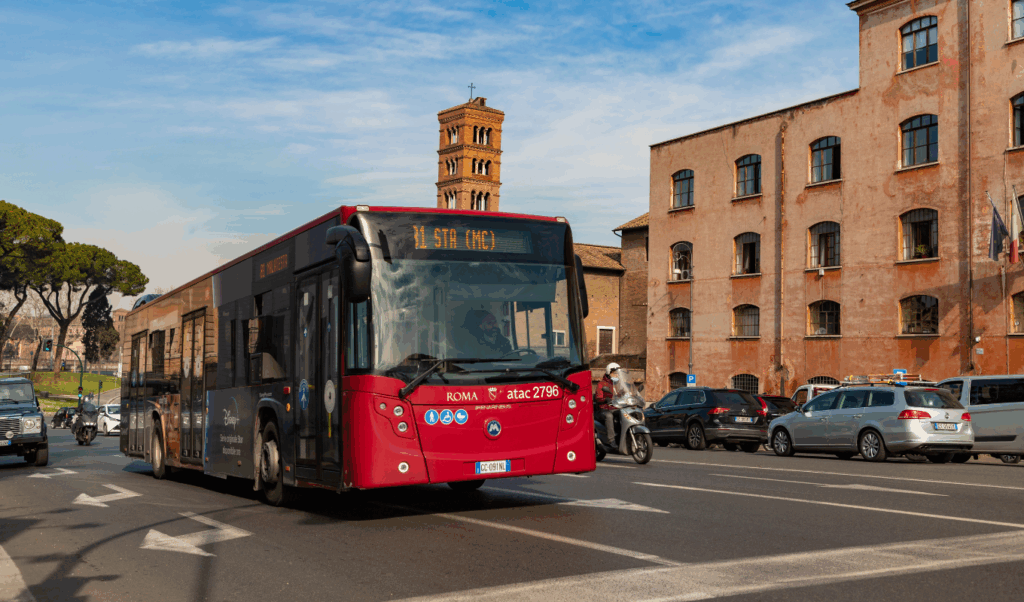
Getting to Rome and Moving Around the City
Airport and Transportation Options
Rome has two primary international airports, and the best choice for your trip will depend on your departure point and budget. Leonardo da Vinci–Fiumicino Airport (FCO) is the main hub for international arrivals and Italy’s busiest airport. In 2023, it handled nearly 40 million passengers and consistently ranks among the top airports in Europe. With 111 airlines flying to 208 destinations across 76 countries, Fiumicino is the go-to option for travelers coming from long-haul destinations. While it offers excellent amenities and global connections, be prepared for crowds, especially during peak travel seasons.
On the other hand, Ciampino Airport (CIA) is a smaller airport that welcomed just under 4 million passengers in 2023. It primarily caters to low-cost carriers, with 27 airlines operating 122 routes to 26 countries. If you’re flying within Europe on a budget, Ciampino is a practical choice, although it has fewer facilities and limited transit options. Location-wise, Ciampino is closer to Rome’s southern districts, which might influence your decision.
From Fiumicino, the Leonardo Express train provides a quick, direct link to Termini Station in the city center, taking about 30 minutes. Alternatively, buses and regular trains offer more affordable, albeit slower, options. If you land at Ciampino, buses or taxis are your main choices for reaching the city, as there’s no direct train connection. Either way, both airports make accessing Rome relatively straightforward.
Public Transportation and Walking
Once in Rome, getting around is simple. The city’s metro system – comprising lines A, B, and C – connects major landmarks like the Colosseum, Vatican City, Spanish Steps, and Termini Station. Buses and trams expand the public transit network, covering areas the metro doesn’t reach. A variety of ticket options are available, making it easy to find one that fits your travel plans.
Walking, however, is often the best way to soak in Rome’s historic charm. The compact layout of the city center means you can stumble upon iconic landmarks and hidden treasures just by wandering its cobblestone streets. A combination of walking and public transport is often the perfect way to explore, offering convenience while allowing you to fully appreciate Rome’s beauty.
Best Areas to Stay in Rome
Choosing the right neighborhood can significantly enhance your experience in Rome. The Historic Center is a top pick for first-time visitors, thanks to its central location and proximity to ancient landmarks, cafes, and restaurants.
For those who want easy access to historic sites and good public transport, Rione VI Parione, near Piazza Navona, is an excellent choice. Another popular area is Monti, which offers a local vibe while being close to the Colosseum, Roman Forum, and Termini Station. If you prefer a quieter atmosphere, Prati, near the Vatican, provides a more residential feel while staying well-connected by the metro.
For a lively, authentic Roman experience, Trastevere stands out with its charming streets, bustling restaurants, and vibrant nightlife. While it’s slightly less central and has fewer direct transport options, its character makes up for it. If luxury and high-end shopping are more your style, Centro Storico, near the Spanish Steps, offers upscale dining, stunning architecture, and premium shopping options, though it tends to be pricier.
Each neighborhood has its own unique appeal, so choose based on what matters most to you – whether it’s convenience, local flavor, or a quieter retreat.
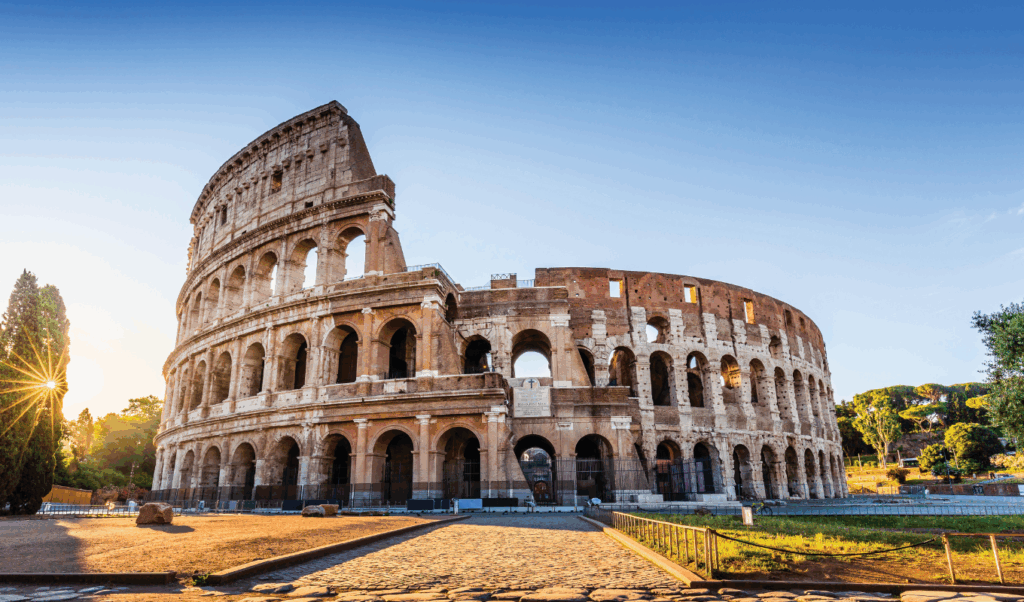
Top Sights and Experiences
Rome’s history stretches back over 2,500 years, making it one of the most captivating cities in the world. From ancient ruins to Renaissance art, every corner of Rome offers a glimpse into its extraordinary past. Here’s a guide to some of the city’s must-see landmarks and hidden treasures.
Ancient Rome Landmarks
The Colosseum, perhaps Rome’s most recognizable icon, is the largest Roman amphitheater ever built. Commissioned by Emperor Vespasian in 72 C.E., it held up to 50,000 spectators who gathered to watch gladiator battles and other spectacles. Walking through its ancient corridors, you can almost feel the energy of the crowds from centuries ago.
Tickets to the Colosseum cost about $17.50 (€16) and include entry to the Roman Forum and Palatine Hill. For those curious about its underground chambers, an additional tour is available for roughly $9.85 (€9). To avoid crowds and the midday heat, visit in the late afternoon and book your tickets in advance.
Right next door, the Roman Forum was once the heart of Roman public life. Its ruins, though fragmented, tell the story of an empire’s political and social hub. A guided tour or audio guide can help bring this ancient site to life.
For panoramic views, head to Palatine Hill, one of Rome’s legendary seven hills. Overlooking the Forum and the Circus Maximus, it’s a quieter spot away from the bustling crowds and offers some of the city’s best photo opportunities.
Another ancient marvel, the Pantheon, dates back to the second century C.E. Originally a temple dedicated to all Roman gods, it’s now a church and one of the best-preserved monuments in Rome. Its massive dome and central oculus are feats of Roman engineering. Entry costs around $5.50 (€5), making it a budget-friendly stop.
When visiting these historic sites, wear comfortable shoes and pack sunscreen and water. Uneven surfaces and limited shade can make exploring challenging, so plan accordingly.
After immersing yourself in ancient history, take a journey into the art and spirituality of Vatican City.
Vatican City Guide
Vatican City houses some of the most treasured art and architecture in the world. The Vatican Museums feature 54 galleries filled with around 70,000 masterpieces, while St. Peter’s Basilica and the Sistine Chapel are celebrated for their breathtaking artistry and design.
With up to 20,000 visitors daily, the Vatican can get crowded. Lines for the museums start forming as early as 7:30 A.M., even though doors don’t open until 9:00 A.M.. To enjoy a quieter experience, visit during the off-season (September through February) or midweek (Tuesday to Friday). Early mornings or late afternoons (after 4:00 P.M.) are also great times to explore.
Tickets for the Vatican Museums cost about $22 (€20) for adults, with reduced rates of $8.75 (€8) for children (ages 7–18), students (ages 18–25), and clergy. Booking online comes with a $5.50 (€5) reservation fee but allows you to skip the long lines. Be sure to check the reservation process ahead of time for a smooth visit.
Keep in mind that Vatican City enforces a strict dress code: shoulders and knees must be covered. Carry a scarf or shawl if you’re visiting during warmer months. Also, check the schedule for Wednesday papal audiences, as these can impact access to St. Peter’s Basilica. For a deeper understanding and shorter waits, consider joining a guided tour.
Once you’ve explored the Vatican, dive into the vibrant neighborhoods that showcase Rome’s modern-day charm.
Local Neighborhoods to Explore
Rome’s neighborhoods offer a more intimate glimpse into the city’s daily life, away from the main tourist attractions. Each area has its own unique character:
- Testaccio: Known for its authentic Roman vibe, Testaccio is a haven for food lovers. Start your day with coffee at Tram Depot, grab gelato from Panna & Co, and explore the lively market. Don’t miss the Non-Catholic Cemetery for a peaceful retreat amid this bustling neighborhood.
- Trastevere: This artsy district is a hub for creativity and nightlife. Enjoy traditional Roman dishes at La Parolaccia, cool off with a Grattachecca (a local granita) from a street vendor, and end your evening with a walk to Belvedere del Gianicolo for stunning sunset views.
- Aventino and San Saba: These serene, tree-lined neighborhoods are perfect for a leisurely stroll. Visit the Giardino degli Aranci (Orange Garden) for sweeping views of Rome, or peek through the famous Aventine Keyhole for a unique perspective of St. Peter’s Basilica.
- Monti and the Jewish Ghetto: Steeped in history, these areas offer a mix of ancient and modern charm. Wander through narrow alleys near Teatro Marcello, cross the picturesque Isola Tiberina, and look out for small brass “stumbling stones” that commemorate victims of the past.
- Pigneto: A vibrant, youthful neighborhood, Pigneto is a melting pot of cultures. Known for its street art and international cuisine, it’s a refreshing break from Rome’s more traditional areas. The nearby Aquedotto Claudio adds a touch of history to this dynamic district.
- San Lorenzo: Popular among students, San Lorenzo is brimming with affordable eateries, colorful street art, and a lively atmosphere. It’s a great spot to experience contemporary Roman life beyond the usual tourist paths.
Each of these neighborhoods offers a chance to experience a side of Rome that’s rich in character and culture, making your visit even more memorable.

Practical Tips for Your Rome Trip
With the right preparation and a bit of know-how, you can explore Rome like a pro while steering clear of common tourist mistakes.
What to Pack for Rome
Packing smart can make a world of difference when navigating Rome’s charming yet challenging streets.
- Comfortable walking shoes: Rome’s cobblestone streets and long walks demand sturdy footwear with proper support. Make sure your shoes are broken in and ready for action.
- Layered clothing: The weather in Rome can shift throughout the day, especially in spring and fall. A lightweight, waterproof jacket is handy for cooler, rainy days. A scarf or pashmina is a versatile addition – it keeps you warm on flights, adds style, and doubles as a cover-up for visiting churches.
- Modest attire: For religious sites, ensure your shoulders and knees are covered. Romans value modesty in sacred spaces, so skip the short shorts. Convertible pants can be a practical choice for warm weather and church visits.
- Secure accessories: A crossbody bag is safer than a backpack in crowded areas. For added security, consider a vest with hidden pockets.
- Travel essentials: Bring a travel adapter for dual-voltage devices, a reusable water bottle to refill at Rome’s free fountains, and packing cubes to keep your luggage tidy. Don’t forget sun protection – sunglasses, sunscreen, and a hat are must-haves, especially in summer. A portable charger is also a lifesaver for keeping your devices powered during long sightseeing days.
These items will help you stay comfortable and prepared for Rome’s unique blend of history, culture, and climate.
Where and How to Eat in Rome
Once you’ve packed your essentials, it’s time to savor Rome’s culinary delights. Here’s how to eat like a local:
- Avoid tourist traps: Skip restaurants near major attractions like the Colosseum, Pantheon, and Trevi Fountain. Signs with multilingual menus, food photos, or overly eager staff often signal overpriced, lower-quality food.
- Discover local spots: Take the metro to explore neighborhoods where Romans dine. These areas often have better food at fair prices. Look for places with seasonal menus that showcase fresh ingredients and traditional recipes.
- Know the customs: Handmade pasta isn’t always the go-to in Rome – locals often prefer high-quality dry pasta. Make reservations at traditional restaurants, as they may only serve one seating per evening. Also, seasoning is the chef’s job, so don’t expect salt or pepper on the table.
- Budget-friendly options: Bakeries and delis are great for affordable meals like pizza or sandwiches. For gelato, seek out shops labeled “gelateria artigianale”, meaning the gelato is made in-house. High-quality gelato has muted colors and is often stored covered, unlike the overly bright, shiny varieties.
- Tipping basics: Tipping is minimal in Rome. A couple of euros is sufficient for good service, while $5–$10 is generous for exceptional experiences. Use local recommendations or online reviews to pick your dining spots.
Keep these tips in mind to enjoy Rome’s authentic flavors without breaking the bank.
Safety Tips and Common Scams
With your packing and dining plans sorted, staying safe is your next priority. While Rome is generally safe, it pays to be cautious:
- Pickpocketing: Crowded areas like metros and bus route 64 are hotspots for pickpockets. Keep your crossbody bag in front of you and hold onto the zipper.
- Unsolicited help: If someone offers assistance at a ticket machine, politely decline and move on.
- Unwanted gifts or distractions: Avoid accepting bracelets or other unsolicited items from strangers.
- Restaurant scams: Always check for a menu with prices and request a receipt. Restaurants near major landmarks with extensive menus may serve frozen food instead of fresh dishes.
- Transportation safety: Use only official taxis with fixed rates – expect about $60 from Fiumicino Airport and $44 from Ciampino Airport to the city center. Avoid unmarked cars and ensure the taxi meter is running during city trips.
- Fake officials: If approached by someone claiming to be a police officer, ask for their badge number and ID. Genuine officers will provide this without hesitation.
- Street performers: Gladiators outside the Colosseum may charge $5 or more for photos – negotiate beforehand. Be cautious of street artists offering cheap portraits or individuals asking for help with lost wallets.
- Trust your instincts: If something feels off, walk away. Purchase tickets for major attractions directly from official websites, and never pay for “found” valuables on the street. In case of an accident while driving, call 112 instead of paying immediately.
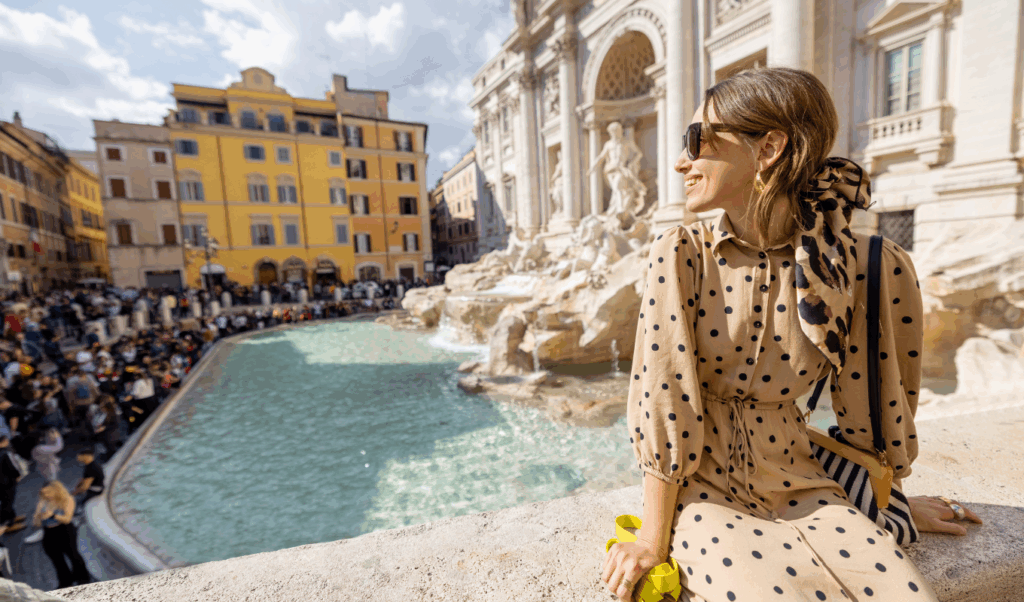
Rome Itineraries and Cost Breakdown
Planning your Rome adventure just got easier with these detailed itineraries and cost breakdowns. With this guide, you can make the most of your time and budget while exploring the Eternal City.
3-Day and 5-Day Rome Itineraries
A well-planned itinerary is key to experiencing Rome without feeling overwhelmed.
3-Day Rome Itinerary
Start your trip with a deep dive into Ancient Rome. Begin your first day early at the Colosseum – booking tickets directly from colosseo.it will save you from long waits. If available, consider premium experiences for a more exclusive visit. Afterward, head to the Roman Forum and explore it at your own pace using Rick Steves‘ audio guide.
On the second day, focus on Vatican City and central Rome. Secure “skip the line” tickets in advance for the Vatican Museums and Sistine Chapel, and aim for the earliest entry to avoid the crowds. Be sure to dress modestly, covering your shoulders and knees, as required. Later, visit the Pantheon – another spot where Rick Steves’ audio guide comes in handy. Arriving an hour before opening can help minimize your wait time.
Day three is all about soaking in Rome’s charm. Start at the Trevi Fountain early in the morning before it gets packed. Then, make your way to the Spanish Steps and finish the day wandering through Trastevere, a neighborhood filled with cobblestone streets and colorful facades. Walking is the best way to explore, but the metro is an affordable choice for longer distances.
5-Day Rome Itinerary
If you have five days, you can explore at a more relaxed pace. Follow the three-day plan, then use the extra time to visit the Capitoline Museums, Villa Borghese, and take a day trip to Ostia Antica or Tivoli. You’ll also have the chance to explore neighborhoods like Campo de’ Fiori and Piazza Navona, where you can stumble upon hidden alleys and unexpected ruins.
Daily Cost Breakdown
Knowing the daily costs in Rome can help you stick to your budget, no matter your travel style. A mid-range traveler typically spends about $238 per day, while budget travelers might spend $91, and luxury travelers around $645.
| Category | Budget | Mid-Range | Luxury |
|---|---|---|---|
| Food | $38 | $96 | $238 |
| Transportation | $9 | $24 | $69 |
| Entertainment | $15 | $42 | $124 |
| Daily Total | $91 | $238 | $645 |
Trip Duration Costs
The total cost of your trip depends on how long you stay. A three-day trip to Rome averages about $714 per person, while a five-day trip costs around $1,189 per person – about $475 more than the shorter option. Keep in mind that major attractions like the Colosseum and Capitoline Museums have fixed entrance fees, so planning ahead is crucial to managing your expenses.
Money-Saving Strategies
Travelers on a budget can save by opting for a hearty lunch instead of dinner, relying on public transit, and seeking out free attractions. Public transportation is especially cost-effective – single tickets are approximately €1.50 ($1.73), and day passes cost around €7 ($8.08).
For flights, signing up for services like Dollar Flight Club can help you snag deals with discounts of up to 90% on international destinations like Italy. Members also get access to exclusive perks, making it easier to keep your travel costs under control.
With these itineraries and money-saving tips, you can enjoy a fulfilling and budget-friendly adventure in Rome.
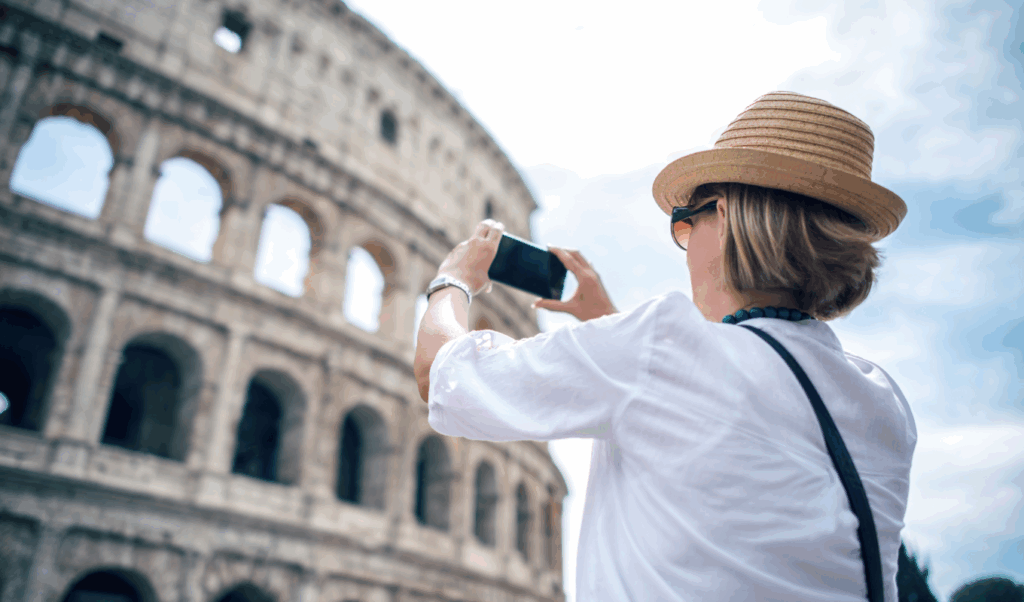
Conclusion: Start Planning Your Rome Trip
Now that you’ve got detailed itineraries and budgeting tips, it’s time to solidify your plans. A trip to Rome thrives on good preparation, and with 2025 being a Jubilee Year, early planning is more important than ever. Expect larger crowds, which means a little extra effort now will lead to a smoother, more enjoyable experience.
The key to a successful trip comes down to three essentials: early reservations, a realistic budget, and smart flight bookings. Popular spots like the Colosseum and Vatican Museums fill up fast, especially when the Sistine Chapel alone sees around 20,000 visitors daily during the summer. Make sure your itinerary matches the interests of your travel group so you can maximize your time in this historic city.
When it comes to budgeting, having a clear idea of daily expenses helps you stay on track. You can expect to spend around €80–100 ($92–115) per person per day, which covers most of your costs. Booking accommodations and tours early isn’t just about securing your spot – it can also save you money, avoiding the need to stay in pricier areas farther from the city center.
Flights don’t have to drain your wallet either. Platforms like Dollar Flight Club offer discounts of up to 90% on international fares. With a Premium+ membership at $99 per year, you’ll get SMS alerts for mistake fares and business class deals, which could save you hundreds on your journey to Rome.
So, start locking in your reservations, set up flight alerts, and finalize your itinerary. Whether you’re planning a quick 3-day trip or a leisurely 5-day adventure, early preparation lets you focus on soaking in Rome’s breathtaking history and charm instead of worrying about logistics. Get started now to make every moment in the Eternal City unforgettable.
FAQs
How can I avoid long lines at Rome’s top attractions during the Jubilee Year?
To avoid the long lines at Rome’s busiest attractions during the Jubilee Year, book skip-the-line tickets or city passes ahead of time. These passes not only save you precious time but often grant access to several key sites. Another tip? Visit early in the morning or later in the evening when crowds tend to thin out.
If you’re looking for a calmer experience, consider exploring quieter landmarks or taking a leisurely stroll through Rome’s picturesque neighborhoods. A bit of planning and smart timing can make your visit far more enjoyable during this bustling period.
What are the best tips for finding affordable and safe places to stay in Rome?
Finding affordable and safe places to stay in Rome is more manageable than you’d expect. Start by focusing on areas near major transit hubs like Termini Station, which not only simplifies getting around but also offers a range of budget-friendly accommodations. Neighborhoods like Monti and Trastevere are great picks too, blending charm, safety, and easy access to Rome’s must-see sights.
For economical options, explore budget hotels, boutique inns, or even something a bit different, like monastery stays, which typically range from $65 to $210 per night. To ensure a comfortable and secure experience, rely on reviews from trusted platforms like Booking.com or TripAdvisor. Booking early can also help lock in the best prices and make your trip planning smoother.
How can I avoid scams and pickpocketing while visiting Rome?
To avoid scams and pickpocketing in Rome, stay vigilant and take steps to secure your belongings, particularly in busy spots like public transportation, tourist landmarks, and markets. Opt for a crossbody bag with zippers or a money belt to keep your valuables safe, and try not to carry too much cash with you.
Watch out for common scams. These might include people offering unsolicited assistance, fake petitions, or strangers being overly friendly in an attempt to distract you. When dealing with money or purchasing tickets, double-check prices and stick to official vendors. Staying alert and trusting your gut can go a long way in helping you enjoy a hassle-free trip.


